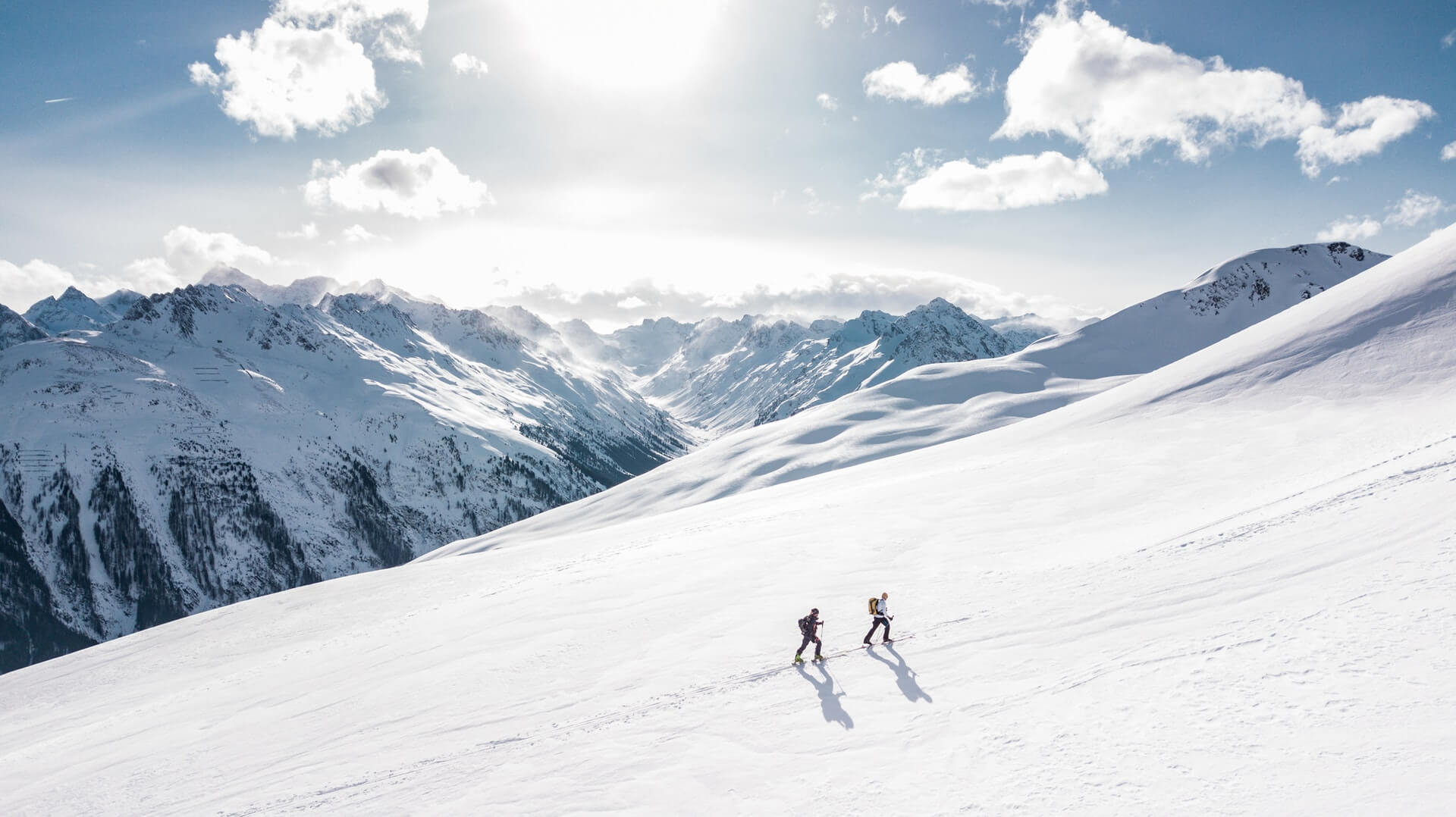The "7+2" refers to the extreme adventure of climbing the highest peaks of the seven continents and hiking to the north and south poles. The meaning of the concept proposed by the explorers is that the nine points represent the poles of the Earth's coordinate system, the concept of all the extreme points, representing the highest level of extreme adventure.
From 1997, the Russian konyukhovFedor the first to complete the "7 + 2" program, to date nearly a decade, only a dozen people around the world to complete the expedition, the oldest of them 46 years old, the youngest 32 years old.
Coordinate Pole
Mount Everest
The highest peak in Asia, the main peak of the Himalayas, with an altitude of 8844.43 meters. It is located at 86°54′ East longitude and 27°54′ North latitude. It is located in the eastern section of the border between China and Nepal, with the northern slope in the territory of Dingye County, Tibet, and the southern slope in the territory of Nepal. The Tibetan name is Chomolungma, meaning "the third goddess", and the Nepalese name is Agarmatha, meaning "the god of the sky".
Aconcagua Peak
The highest peak in South America, 6,964 meters above sea level. It is located at 32°39′ South latitude and 70°01′ West longitude, and belongs to the southern section of the Andes of the Cordillera, at the northwest end of the Mendoza province, on the border between Argentina and Chile.
Aconcagua Peak, is also the highest extinct volcano on Earth. It was first climbed by humans in 1897 A.D. The inspection confirmed that it is composed of volcanic rocks with a conical shape and a concave crater at its summit, a typical volcano. After reviewing the data on volcanic eruptions in the area, it was not found to have re-erupted after it was occupied, thus making it the highest recognized extinct volcano in the world.
McKinley Peak
The highest peak in North America, 6,193 meters above sea level. It is located at 63°04′09.93 "N, 151°00′21.94 "W, in central Alaska, in the south-central part of the state of Alaska in the United States, the local Indians called Dinaric Peak, called the "House of the Sun" in the Indian language.
Climbing McKinley not only requires good physical and technical skills, but also requires practical teammates, if a small team with better strength and skills can use the Alpine style of climbing to better complete.
Kilimanjaro Peak
The highest peak in Africa, 5895 meters high. It is located on the equator, at the border of Tanzania and Kenya. It is the roof of Africa, the highest volcanic monolithic mountain in the world, and has been described as "the temple of God". The huge mountain can make people feel its shock even from dozens of kilometers away, and the distribution of animals and vegetation has obvious vertical zoning characteristics, with obvious species changes, experiencing different feelings from tropical to subtropical, temperate to cold, so Kilimanjaro attracts many tourists and climbers every year.
"Kilimanjaro" in the African Swahili language, meaning "the mountain of light".

Elbrus Peak
The highest peak in Europe, 5642 meters above sea level. It is located in the Republic of Karpada-Balkar in the Russian Federation, in the southeast corner of the Stavropol Territory in the west, at 43°21′N, 42°26′E. It is the "leader" of the Great Caucasus Mountains, referred to as It is the "leader" of the Great Caucasus Mountains.
Vinson's Peak
The highest peak in Antarctica, at 4,897 meters above sea level. It is located at 78°35′ South latitude and 85°25′ West longitude, in West Antarctica, and is the main peak of the Elworthy Mountain Range in Antarctica. Vinson's Peak is treacherous, and most of it is covered with snow and ice all year round, making transportation difficult, and the temperature in summer is -40℃, so it is called the "death zone".
Chaya Peak
The highest peak in Oceania, 5030 meters above sea level. Located in the tropical island of New Guinea, it is the highest mountain among the islands on earth. Europeans call it the Pyramid of Lostos, because it was discovered by the Dutch Lostos. The island was ruled by the Dutch for most of its existence and was renamed Chaya Peak, meaning Peak of Victory, by Indonesia in 1960.
Kosciusko Peak
The main peak of the Australian Ranges, at 2,228 meters above sea level.
For historical reasons of geographic boundary classification, either Kosciuszko or Chaya can be considered the highest peak in Oceania. Chaya Peak is located at the border between Indonesia and Papua New Guinea. Due to political instability, the mountain has been closed to climbers and travelers in recent years. So nowadays, climbers usually choose Mount Kosciuszko as the highest peak in Oceania to climb.
South Pole
In terms of latitude, the South Pole is 90° South, and in terms of longitude, the South Pole is the point where all the longitudes on Earth converge at the southern end. The South Pole is located in the middle of the continent, 3,800 meters above sea level, and has a very harsh climate.
Antarctica is located at the southernmost point of the Earth, with a total area of about 14 million square kilometers, accounting for about 9.4% of the world's total land area. The fifth of the world's seven continents, Antarctica has no settled inhabitants.
The most of Antarctica: it is the last continent reached by human beings.
It is the coldest continent on earth, with an annual average temperature of -28°C. The annual average temperature inside the continent is -40 to -60°C, with the lowest temperature reaching -89.6°C, which was measured in July 1983 at the East Station of the Antarctic Ice Cap Plateau.
It is the driest continent on earth, with an average annual precipitation of 55 mm, which decreases significantly with the increase of the continent's latitude, with only 5 mm of annual precipitation in the central part of the continent. Near the South Pole, annual precipitation is close to zero.
It is the place with the strongest storms on earth, with an annual average wind speed of 17 to 18 m/s, with gusts up to 40 to 50 m/s. The maximum wind speed reaches 100 m/s.
It is the only continent in the world without a country.
The winds of Antarctica are also unique. Cold air slides sharply down the slopes of the continental ice cap from the continental plateau, creating high speed winds near the surface. The descending winds in constant directions erode the ice into undulating gullies, and winds in excess of 15 m/s create blizzards so strong that you can't see your fingers. Even in the warmest months, wind speeds can reach over 160 km/h.

The North Pole
It is very difficult to point out the exact location of the North Pole from the topography because the North Pole is a floating ice floe that stops and goes in, so the exact location of the North Pole can only be determined by instruments. What is commonly referred to as the Arctic is not limited to the North Pole, but refers to the vast area north of 66°33′N (Arctic Circle), also called the Arctic region. The Arctic region includes the Arctic Ocean in the polar region, the marginal land coastal zone and islands, the Arctic tundra and the outermost taiga forest zone. If the Arctic Circle is used as the boundary of the Arctic, the total area of the Arctic region is 21 million square kilometers, of which the land portion accounts for 8 million square kilometers.
The Arctic is extremely wet and cold, and the gloves, headgear, and rashers worn during the hike to the North Pole are often difficult to bake dry due to the low temperatures and humidity. It is very easy to get fatigued while walking through the intricate ice, and it is very important to rest, but it is very painful to keep going because of the extreme cold and humidity.
The biggest difference between the Arctic and Antarctica is that the Arctic is inhabited, there is a large area of permafrost, and there is a greater diversity of terrestrial species.


